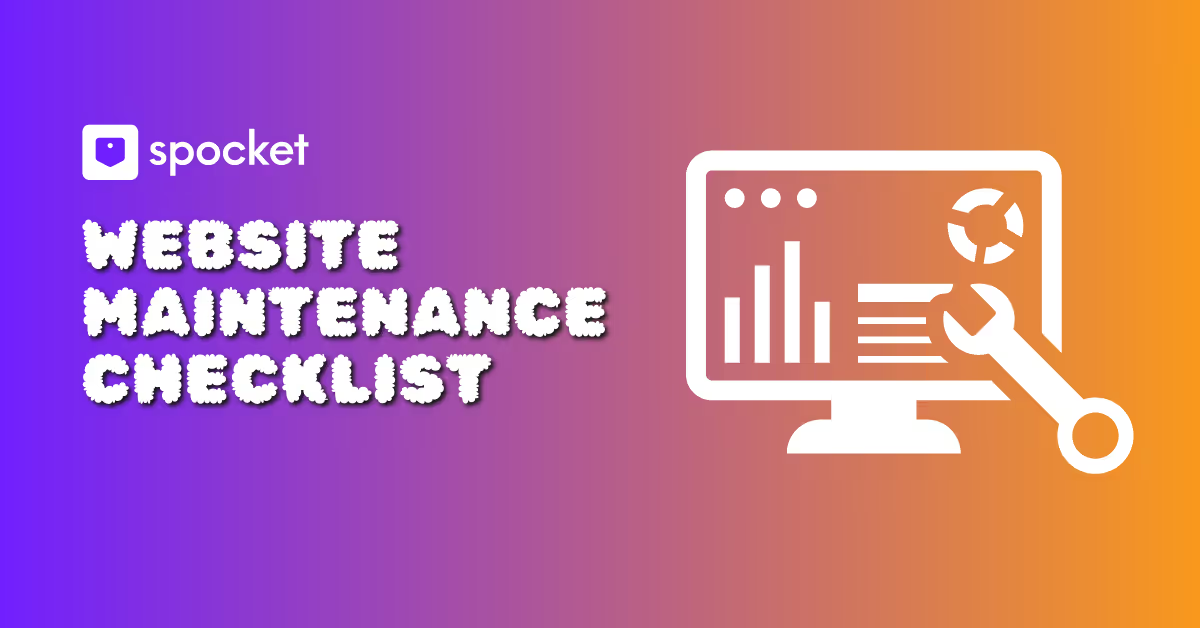How important is Google in your everyday life? If you’re like most people, you use it every day, especially if you’re looking to buy something online. That makes Google advertising prime real estate — publicity from Google Ads (formerly Google Adwords) can get your products on the top of search lists and into shopping carts.
Traditionally advertising has always been in places of high-traffic — quite literally in the case of highway billboards and street signs. But the people who used to watch TV and read print media are more and more going online instead. That makes Google Ads more reasonable than traditional advertising, especially when considering the sliding scale for pricing.
In this guide, we’ll explain how Google Ads work and how you can set up your own ad quickly and easily, even if it’s your first time. Let’s start with the basics: What is Google Ads?
What Is Google Ads? Better than Facebook Ads?
Google Ads — which changed its name from Google Adwords in 2018 — are a paid service from Google for getting your links in the top slots of Google searches. Have you even seen a top entry in a Google search that has the word Ad with a box around it in green? That’s a Google Ad.

Although dropshippers and most other ecommerce managers gravitate towards Facebook ads, Google Ads can yield better results.
For one thing, Google receives more traffic than Facebook, or any other site for that matter — Google is the most popular website in the world. All those people using it worldwide lead Google to process 40,000 searches every second. But also consider the average online shopping experience: Google is the #2 website (after Amazon) for online customers to start their shopping.
Facebook Ads let you segment by user type — which is great for specializing in niche goods are reaching markets with common interests. However, Facebook can’t target people with intent to buy. When someone is genuinely interested in buying a product, they’re more likely to search for it on Google than on Facebook. If your ad can reach them at the start of their shopping experience, you could land a sale in minutes.
In terms of performance, Google Ads boasts impressive statistics:
- Google Ads convert 50% better than organic traffic.
- 90% of Internet users see Google Display Ads (explained below).
- 70% of mobile users call a business directly from a Google Ad.
- 65% of online shoppers click on ads before a purchase.
- Most businesses see a 200% return on investment with Google Ads — doubling their initial spending.
For all ecommerce professionals, dropshippers especially, letting people know what’s in your store is half the battle. Google Ads not only improves brand awareness by 80%, it also provides a direct link to your product page for people ready to purchase. And there’s more good news: even if you’ve never used it before, it’s easy to figure out how Google Ads works.
How Does Google Ads Work?
Google Ads works a little differently than other advertising. While ads like billboards or TV spots require a flat fee, Google Ads only charges when the ad successfully attracts someone. This system is called Pay Per Click (PPC), where you pay based on how many people click your ad, and it’s perfect for small brands that need to make the most out of their advertising budgets.
Advertisers buy Google Ads by keywords, or the words someone enters into a search. If you’re selling leaf earrings, you can get a Google Ad in the top search results for anyone who searches for “leaf earrings” or “leaf ear clips.” If those keywords are too competitive, you could target related searches like “feather earrings” or “metal earrings.”

The trouble with Google Ads is that the high-traffic keywords have a lot of competition. Your placement is based on what Google calls your AdRank, who whomever has the highest AdRank gets the top paid search results.
So how do you improve your AdRank? It’s largely based on a bidding system — advertisers set the maximum bid they’re willing to spend on the ad. You even have three choices for how to bid:
- Cost per Click (CPC) — how much you’ll pay for every click on your ad.
- Cost per Mile (CPM) — how much you’ll pay for every 1,000 impressions, or times people see your ad
- Cost per Engagement (CPE) — how much you’ll pay for predetermined action based on your ad, i.e., completing a sale.
But it’s not as simple as the top spot goes to the highest bidder. You AdRank also considers how relevant your ad is, what Google calls your Quality Score. Your ad’s click-through rate and connection with the keywords make up its Quality Score, as do other external attributes such as the quality of the landing page and your brands previous performance in search engine results.
Your AdRank is your maximum bid multiplied by your Quality Score. So even if you can’t compete financially, with stellar business practices you can still outrank your rivals.
Moreover, there are other types of Google Ads than the ones that appear on search results pages. Each type can be tracked using Google Ads conversion tracking to measure its specific impact on your business goals. Google Ads don’t only operate on the Google search engine, they can appear on the entire collection of Google sites, known as the Google Display Network (GDN) — including YouTube. Whether you're promoting your business or looking to add Google reviews as social proof to boost credibility, it's essential to understand the different types of Google Ads. In total, there are 4 kinds of Google Ads:
- Search Ads — ads on top of Google search results pages
- Display Ads — image-based ads that appear on pages within the GDN
- Shopping Ads — ads designed for ecommerce, with product photos and prices, displayed within the GDN
- Video Ads — ads on YouTube (between 6 and 15 seconds)
You’ll also have a fifth option for a Smart Campaign. These are more automated advertising campaigns, specifically for people who don’t want to spend much time with Google Ads. Smart Campaigns do most of the work for you, so you only have to put in the minimal effort and use your time elsewhere.
Aside from what we mentioned above, you can also fine-tune your ads by both your location and how strictly they match the site criteria. For example, if your keywords are “police dog clothes for pets,” you can either leave it broad, or specify that “clothes for pets” is a requirement to avoid wasting ad impression on people searching for generic police dogs.
You can also tack on Extensions. These flesh out your Google Ads with extra links, such as alternative site pages, phone numbers, addresses, or even different sales promotions. Below, notice the different links like “Womens Dresses” and “Women’s Blouses,” plus the specialized link next to “Deal:” and the link to the address.

How to Set Up Your Own Google Ad
First things first, you need a Google account to get started. These are free to create, and if you can make on through Gmail, YouTube, or any of Google’s other services.
Once you’re registered, go to Google Ads Home page and click Start Now. This takes you directly to the New Campaign page. Google Ads has a great, step-by-step onboarding process, so even if you’re a beginner, they explain what to do and let you do it at your own pace.

Your first decision is to choose your primary goal. Ecommerce stores may want sales, but if you’ve just launched you may be more concerned with traffic or brand awareness.

Next you choose your campaign type — Search, Display, Shopping, Video, or a less-involved Smart campaign. Notice how Shopping and Video are inaccessible until after your Google Ads account is finished.
Depending on which campaign type you choose, your next question will ask you to further define your goals. For this example, we’ve selected Search, and our next question is about which metric we’d like to use to measure success.

Click Continue to go to the campaign creator.
From here, you choose the details of your Google Ad. You have a myriad of customization options, including:
- keywords
- which sites ads are displayed
- locations for geotargeting
- audiences (based on Google data, by demographics, interests, etc.)
- languages
- daily budget
- bid type
- ad extensions

Unfortunately, there’s no one right answer to these parameters — it depends on your business and particular goals. If you’d like help navigating these options and hear further descriptions into what they do, Marco explains everything in this more in-depth video.
Takeaway
The life of a dropshipper is a trade-off. On the one hand, you don’t have to worry about shipping or storage of your products, which is one of the most frustrating parts of ecommerce. On the other hand, you have to pay extra attention to drumming up business, especially marketing and advertising.
As we mentioned above, Google Ads are ideal for both brand awareness and generating sales, so using them properly can make or break young dropshipping businesses. Tell us about your Google Ads experience in the comments below!






































